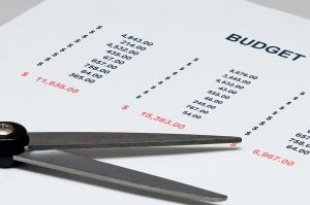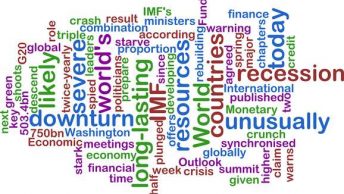
- Photo credit: morguefile.com Gracey
If you are wondering how to budget, don’t worry—you are not alone. Many people don’t know where to begin when it comes to budgeting and controlling their spending. By following the instructions below and utilizing our free budgeting worksheet, you won’t just know how to budget, you will understand why budgeting is so important to a successful financial future.
Step 1: Determine your income.
The first step in any budget is making note of income.
Using the worksheet: In Section 1 of our downloadable budgeting worksheet you will find a place to record your income. Make sure that you include all income sources.
Step 2: Record your expenses.
Next, we have to look at where your household income is going in order to better determine how to budget it. If you truly want to understand your current financial situation, then you should pull out your last 3 or more bank statements and use the spending history reflected on them to determine your average monthly spending.
Using the worksheet: Record the amounts in the appropriate category of the first column in Section 2 of the budgeting worksheet. If you have expenses that we did not include in the budgeting worksheet then use the fields marked Other to record these expenses. Be sure to type in exactly what the expense is so that you do not forget.
Step 3: Analyze the difference between income and expenses.
The difference between income and expenses is the first important point in any budget because it reveals both over-spending and under-spending issues.
Using the worksheet: At the very bottom of your budgeting worksheet, you should now see a number in the Difference between income and expenses field. If the number is red, then you are consistently spending more than you make. This often means that you have little retirement or other savings and consistently increasing credit card balances. In order to get your finances back on track, you must begin to reduce your expenses. You also have the option of finding additional income but often it is much easier to just reduce your spending.
If the number in the Difference between income and expenses field is black, then that means you spend less money each month than you make and you deserve a pat on the back. But wait—you aren’t quite done yet because spending less than you make is great but it doesn’t mean that you are spending your money wisely and building up your savings as much as you should be.
Step 4: Change your spending.
Changing your spending allows you to create more effective spending and saving patterns. It helps you fix over-spending, correct under-spending and stop digging yourself into a financial hole.
Using the worksheet: Use the second column of Section 2 to adjust your spending numbers. The first expenses you can attack are those that are completely changeable like shopping, dining out and personal care. Often, the money spent on these categories could have better been spent reducing debt and increasing savings. If you are spending more money each month than you make then these areas are the first that you should cut or reduce.
If the cuts and reductions you are able to make in those categories do not reduce your spending enough, it’s time to review your grocery expenses. While you can’t cut food out of your budget altogether, you can research inexpensive recipes and switch to store brand items in order to reduce your spending.
The next category to review is your insurance expenses. It may be possible to reduce some of your coverage limits if you are over-insured. You can also talk to your insurance agent about increasing your deductibles to reduce your premiums but this is not a step to be taken lightly. If you raise the deductibles too high you could have trouble making yourself whole after an insurable incident and if you make your limits too low you might not get fully reimbursed for claims.
By this point, you should have some extra money in your budget so you can increase spending toward debt repayment and savings. Your first priority should be paying off bad debt because every month that you pay interest on bad debt you are wasting money.
Once you have planned your attack on bad debt, review your retirement, college and other savings accounts and determine whether or not you are saving enough money each month. If not, manipulate the numbers on the budgeting worksheet to correct that.
As handy as this how to budget tutorial and worksheet may be, there is one thing it cannot do–make you stick to your new budget. Unfortunately, financial discipline is something that only you can control and practice. Without financial discipline your budget is just another piece of paper but with it, your budget is the key to a financially sound future.














[…] You may also enjoy Guide to Financial Planning and How to Budget. […]